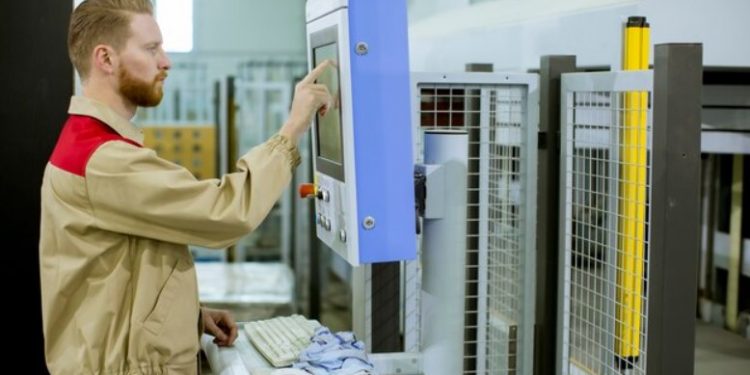In the diverse and ever-evolving landscape of industrial heating, cartridge heaters, and mica band heaters have carved out a niche for themselves as indispensable tools. These heaters are critical in a wide array of applications, ranging from plastic processing to heavy machinery manufacturing. This blog aims to explore the unique characteristics, applications, and benefits of cartridge heaters and mica band heaters in various industrial settings.
Compact Powerhouses of Heat
Cartridge heaters are renowned for their compact design and powerful heating capability. These cylindrical heaters are expertly engineered to fit into drilled holes, providing localized heating to a solid mass. Such a setup is key in applications where precision is paramount.
The construction of cartridge heaters is a testament to meticulous engineering. Encased in a robust stainless-steel tube is a heating coil surrounded by high-density insulation material, typically magnesium oxide. This composition is not only efficient in heat transfer but also ensures even heat distribution, preventing hot spots and extending the heater’s life.
The beauty of cartridge heaters lies in their versatility. They can be customized in various lengths, diameters, wattages, and voltages, catering to the specific needs of different applications. This adaptability makes them a popular choice in industries like plastic manufacturing, food processing, and even in laboratory settings.
Masters of Surface Heating
Mica band heaters, on the other hand, are specialized for surface heating applications. They consist of an electric heating element wound around a mica core and encased in a metallic sheath. These heaters are designed to wrap around cylindrical objects like pipes, barrels, and nozzles, providing external heating.
One of the key features of mica band heaters is their ability to reach high temperatures efficiently, with some models capable of operating at around 600 degrees Celsius. This high-temperature capacity is crucial in processes such as plastic extrusion and injection molding, where consistent and controlled heating is essential.
Furthermore, the rugged construction of mica band heaters makes them highly durable and resistant to environmental factors like moisture and chemical exposure, ensuring reliable performance in harsh industrial environments.
Integrating Heaters in Industrial Processes
Both cartridge heaters and mica band heaters are integral to various industrial processes due to their unique properties. In the plastic industry, these heaters are pivotal in maintaining precise temperature control during critical processes like injection molding and extrusion. The packaging industry also relies heavily on these heaters for efficient sealing and cutting operations.
The advantages of using cartridge heaters and mica band heaters in industrial settings are manifold. They offer high efficiency in heat transfer and are capable of reaching and maintaining required temperatures with precision. Additionally, their robust construction ensures longevity, thereby reducing the frequency of replacements and maintenance.
Tailoring Heating Solutions to Specific Needs
Selecting the right type of heater – cartridge heater or mica band heater – depends on several factors such as the specific heating requirements, operating conditions, and space constraints. Proper understanding and analysis of these factors are crucial to ensure optimal performance and efficiency.
Customizing heaters to suit specific industrial needs not only ensures enhanced performance but also contributes to the overall longevity and reliability of the heating system. Consulting with heating solution experts can provide valuable insights into choosing and customizing the most suitable heater for a given application.
The Future of Cartridge and Mica Band Heaters
As technological advancements continue to reshape industries, the demand for more efficient, reliable, and adaptable heating solutions is on the rise. Cartridge heaters and mica band heaters, with their proven track record, are well-positioned to meet these evolving demands. Their ability to offer precise, consistent, and efficient heating makes them indispensable in the future landscape of industrial heating solutions.
The ongoing development in materials and engineering techniques is likely to further enhance the capabilities of these heaters. As a result, their role in improving industrial processes, ensuring product quality, and reducing operational costs will become even more significant, making them vital components in the advancement of industrial.















